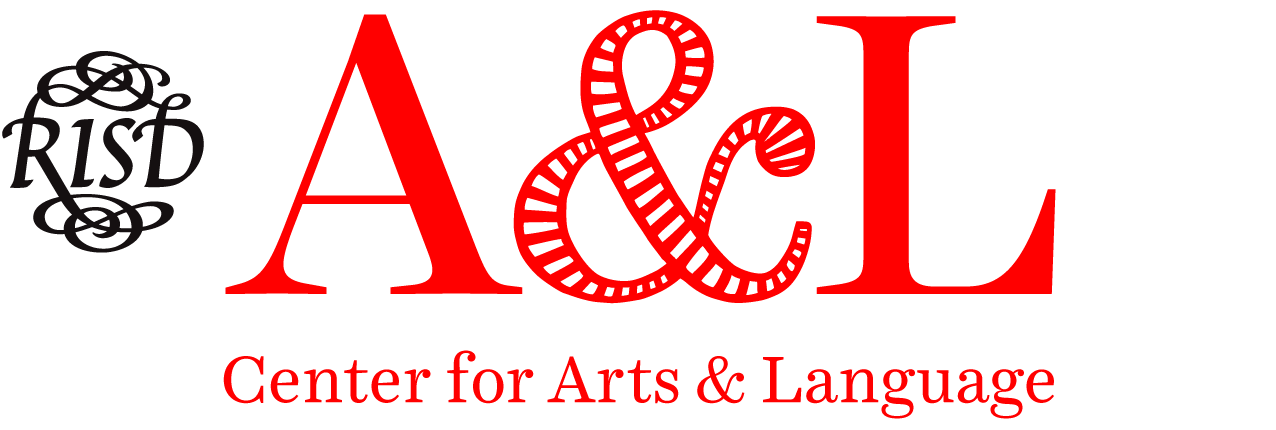Reverse Outlining
While outlining is a strategy for organizing content before you write an essay, reverse outlining is a process for assessing a draft you have already written. It’s a way to test the piece for coherence, notice missing pieces of your argument, and locate redundancies or gaps in the flow of ideas.
To reverse outline your text, read one paragraph at a time and write down two things:
1. What the paragraph is saying — the contents, the information it presents
2. What the paragraph is doing — its purpose or function within the essay
Along the way, or looking at the outline as a whole, keep in mind what a reader might be thinking. Is each new paragraph preceded with enough contextual or foundational information? Do you talk about the same thing in the same way in multiple places? Are any important ideas or explanations left out? Through this process, you’ll be able to see what’s already successful and where your draft needs work, then rearrange and fill in the gaps accordingly.
In the sample pictured here, we write what each paragraph is saying in the left margin and what it is doing in the right margin.
Looking at this sample, think about the questions above. What do you think is working for the structure of the essay? Would you add or change anything?
Sometimes it helps to create your reverse outline on a separate page, so you can easily compare all the paragraphs. Below are two models for doing so, based on different example texts. Try applying the same questions as practice assessing reverse outlines.
Outline Format
Grant Application Essay Reverse Outline
Paragraph 1
Saying: Anecdote about cooking for my community; my idea for creating a community kitchen
Doing: Enticing introduction, gets the reader interested in my project\
Paragraph 2
Saying: Explanation of how the community kitchen would work
Doing: Practical overview, describes my concept
Paragraph 3
Saying: Context around the topic, research around the role of food in community
Doing: Makes my idea relevant and mirrors the funder’s goals and mission
Paragraph 4
Saying: How this specific community would benefit from the community kitchen
Doing: Reveals what’s at stake, the potential impact and deeper purpose
Paragraph 5
Saying: Chronological breakdown of the project and budget
Doing: Makes it clear and shows it’s feasible
Paragraph 6
Saying: Description of skills I gained from previous related work
Doing: Demonstrates that I’m capable and prepared for all aspects of the project
Paragraph 7
Saying: Community kitchen as necessary next step in my work and related to/advancing my field
Doing: Conclusion, points to greater significance
Chart Format
You can find a blank chart to fill in on the last page of the downloadable PDF.


